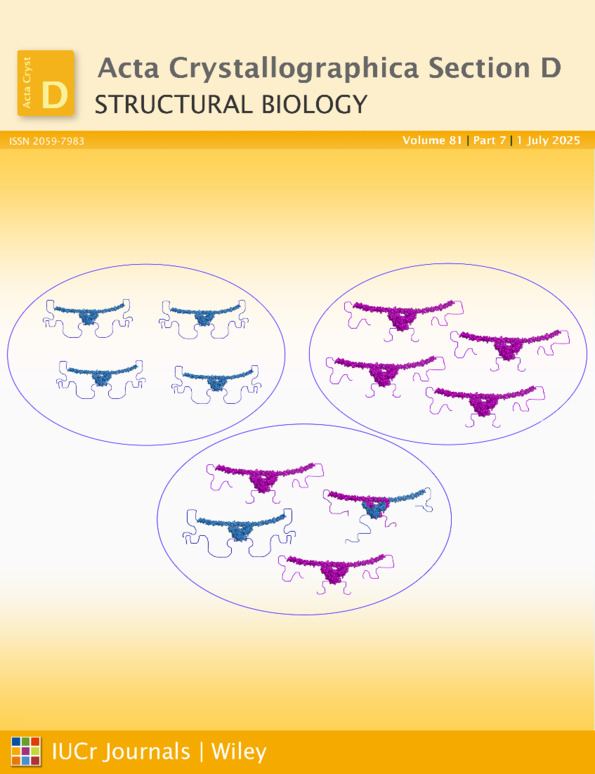A modified vapor-diffusion crystallization protocol that uses a common dehydrating agent
Abstract
In the vapor-diffusion protein-crystallization method, a small drop containing protein sample mixed with a crystallization solution is equilibrated against a reservoir solution in a sealed chamber. Whereas the chemical composition of the crystallization solution is critical for success, the primary role of the reservoir solution is to slowly concentrate the crystallization drop in a controlled fashion. Accordingly, it might be possible to use any reservoir solution of appropriate dehydrating strength. The important practical consequence is that many different experiments can share the same reservoir solution. This approach, called the `shared reservoir solution' method, significantly simplifies manual and robotic experiment setup, reduces cost and allows a completely new design of optically superior and higher density crystallization plates. Although this research was motivated by these practical advantages, recent reports and the authors' results indicate that this method may actually increase crystallization success. The authors suggest that this may indicate that a protein has a preferred water activity for crystallization. Here, present practical and theoretical considerations as well as experimental tests of the shared reservoir solution method are presented.




